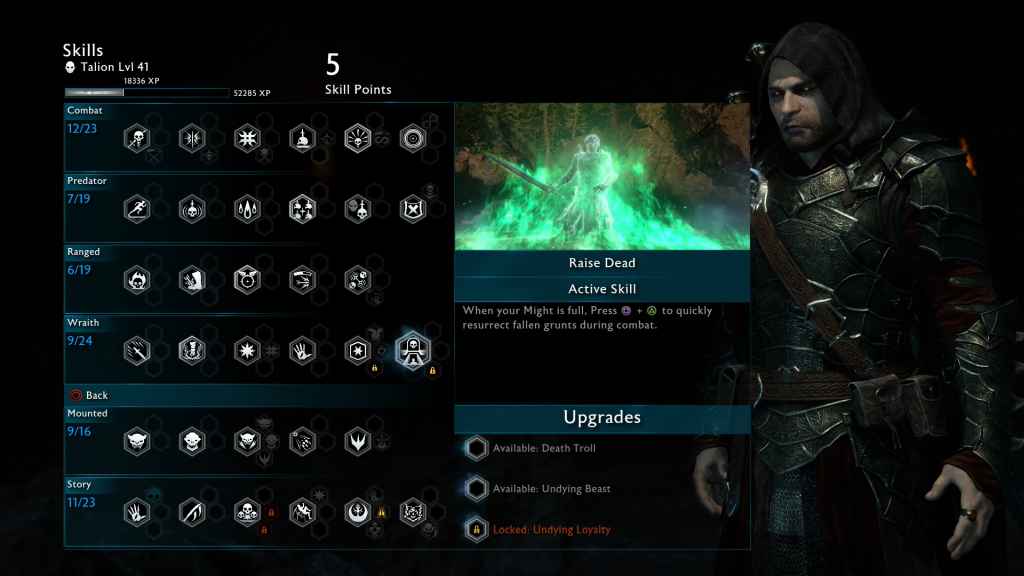

The problem was that these characters were also incredibly popular, so how would you make those deaths matter, and still bring those characters back for new stories so that Marvel could keep banking on goodwill, especially when some of those characters never really had the room to get their own narrative when they were part of the big MCU ensemble?Īs the MCU moves into Phase 4, we’ve seen that Marvel’s solution to death has been to work around the problem rather than simply resurrect those who have been lost. And from a basic storytelling perspective, if you want a story to matter, then you need death to count because otherwise the stakes of the story are diminished.Īvengers: Infinity War and Avengers: Endgame were the culmination of the “Infinity Saga”, the first three phases of the MCU, and that culmination meant that some characters had to die and die for good. In the real world, death is final, and it leaves a massive impact around everyone touched by an irreparable loss. It’s a way to juice sales, grab some mainstream headlines, and then figure out a way to bring them back for a relaunch that will in turn provide a jumping-on point for new readers. Ever since Superman “died” in the 1990s only to be resurrected, countless other heroes have died as more of a temporary inconvenience. One of the bummers of comic books these days is that death doesn’t really matter. Editor’s Note: This article contains spoilers for WandaVision, Loki, and Black Widow.


 0 kommentar(er)
0 kommentar(er)
